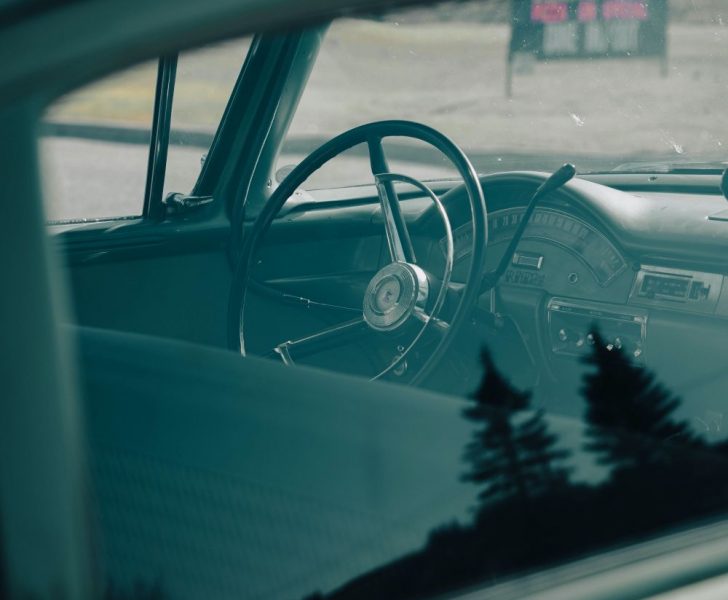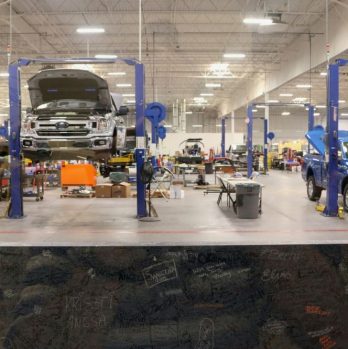American Classic Cars: A Comprehensive Guide for Car Enthusiasts

Introduction
In the realm of vintage automobiles, American classic cars have long captured the hearts and imaginations of car enthusiasts around the world. These timeless vehicles carry the essence of American engineering, craftsmanship, and design. In this comprehensive article, we will delve into the world of American classic cars, exploring their various types, popularity, differences, historical significance, and the key factors that influence car enthusiasts when making purchasing decisions.
Overview of American Classic Cars

American classic cars refer to vehicles that were manufactured in the United States between the 1920s and the 1970s. These cars embody the spirit of an era, characterized by stylish designs, powerful engines, and a certain nostalgia that still captivates car lovers today. Their enduring popularity is a testament to the timeless appeal of these iconic automobiles.
Types of American Classic Cars
American classic cars can be categorized into various types, each with its own unique characteristics and fan base. From the sleek and aerodynamic muscle cars of the 1960s, such as the Chevrolet Camaro and Ford Mustang, to the elegant and luxurious Cadillac and Lincoln models, there is a wide array of options to suit different preferences.
Throughout the years, different types of classic cars have risen to prominence and become highly sought-after by collectors and enthusiasts. For example, the iconic Ford Model T, often referred to as the ”Tin Lizzie,” is revered as the first mass-produced vehicle, revolutionizing the automobile industry. On the other hand, the Chevrolet Bel Air is a symbol of 1950s Americana, with its distinct tailfins and chrome accents.
Quantitative Measurements of American Classic Cars
When it comes to American classic cars, numbers play a significant role in determining their value and desirability. Quantitative measurements such as production numbers, horsepower, engine displacement, and rarity contribute to the allure and financial worth of these timeless vehicles.
In this section, we will explore how these quantitative measurements impact the value and collectibility of American classic cars, highlighting specific examples and their corresponding market prices. By understanding these metrics, car enthusiasts can make informed decisions when buying, selling, or restoring classic cars.
Differences Among American Classic Cars
Despite being grouped under the term ”American classic cars,” each vehicle possesses distinct characteristics that set it apart from the others. Whether it’s the body style, performance capabilities, or design elements, these differences contribute to the uniqueness and individuality of each classic car.
For instance, the Ford Mustang, known for its aggressive and sporty appearance, contrasts with the Cadillac Eldorado, which exudes elegance and luxury. Understanding these differences allows enthusiasts to appreciate the various nuances and intricacies of American classic cars, elevating the overall experience of owning or interacting with these vehicles.
Historical Overview of Pros and Cons
American classic cars, like any other type of vehicle, come with their own set of advantages and disadvantages. In this section, we will take a historical journey through the evolution of American classic cars, discussing the pros and cons of different models and eras.
From the durable and affordable Model T that made car ownership accessible to the masses, to the gas-guzzling muscle cars of the 1970s that faced scrutiny during the oil crisis, understanding the historical context sheds light on the reasons behind each car’s success or downfall. By analyzing these pros and cons, enthusiasts can gain a deeper appreciation for the engineering achievements and challenges faced by American automobile manufacturers throughout history.
Key Decision Factors for Car Enthusiasts
When it comes to purchasing an American classic car, several key factors come into play for car enthusiasts. These decision-making factors can include a vehicle’s condition, originality, rarity, price, and personal preferences.
In this section, we will delve into these factors and discuss how they influence car enthusiasts’ choices. Whether it’s an immaculate example of a classic car in its original state or a modified and customized vehicle that meets specific preferences, understanding these factors helps potential buyers navigate the complex world of American classic cars and make informed decisions.
Conclusion
American classic cars have transcended time to become icons of American automotive history. Their enduring popularity can be attributed to their timeless design, engineering prowess, and the nostalgia they evoke. Understanding the different types, nuances, quantitative measurements, and decision factors behind these vehicles enriches the experience for car enthusiasts and collectors.
[INSERT FINAL VIDEO HERE]
By immersing oneself in the world of American classic cars, one gains an appreciation for the craftsmanship and artistry that went into creating these automotive legends. Whether it’s cruising down the street in a convertible Cadillac or restoring a vintage muscle car in a garage, the allure of American classic cars continues to captivate and inspire generations of car enthusiasts.











